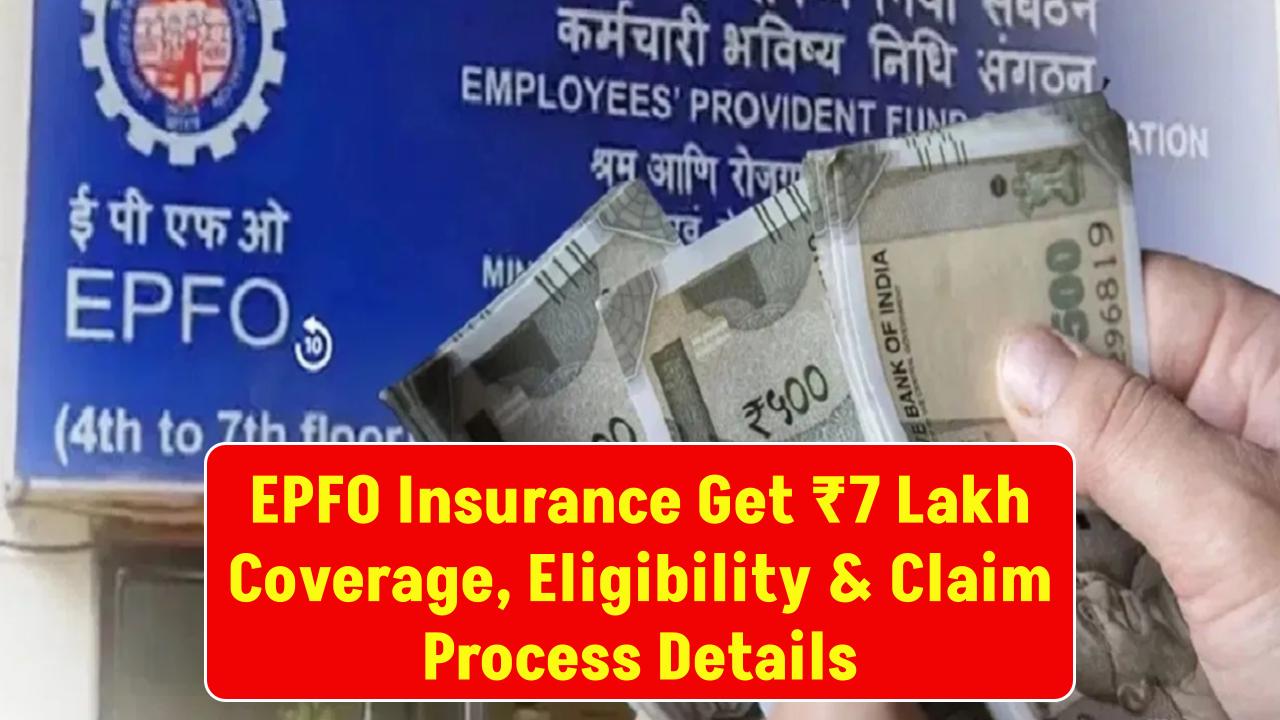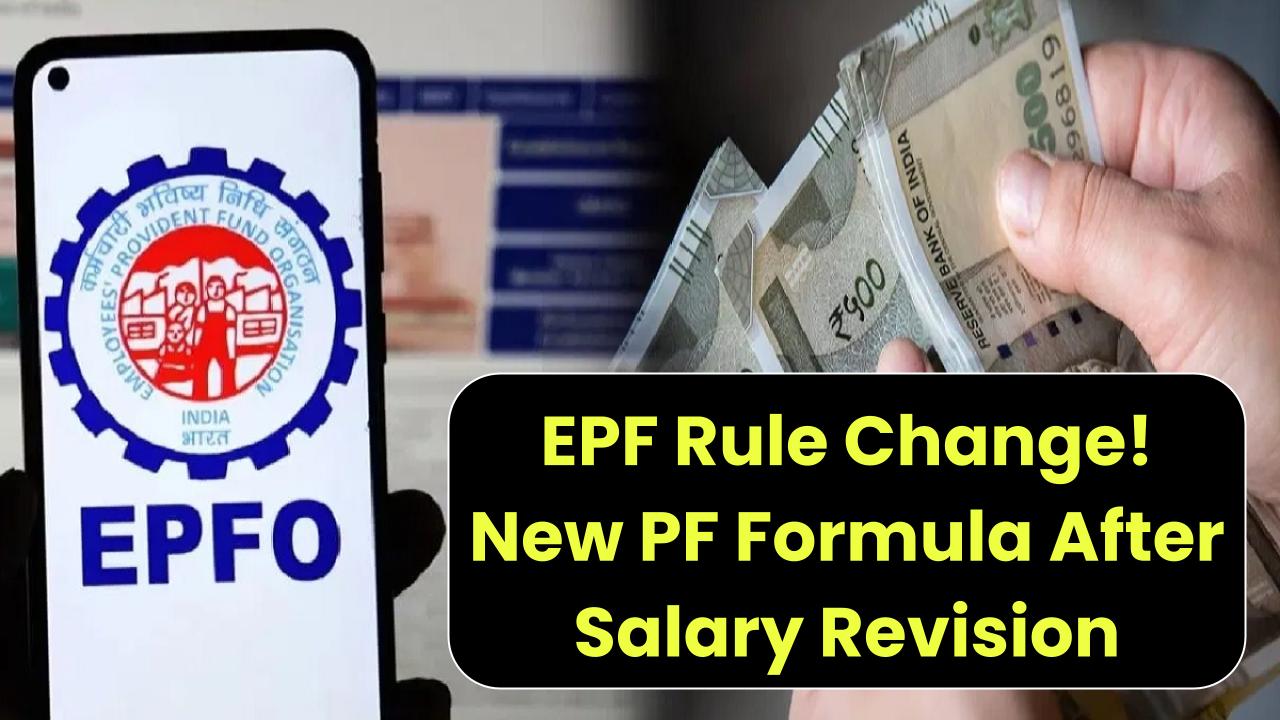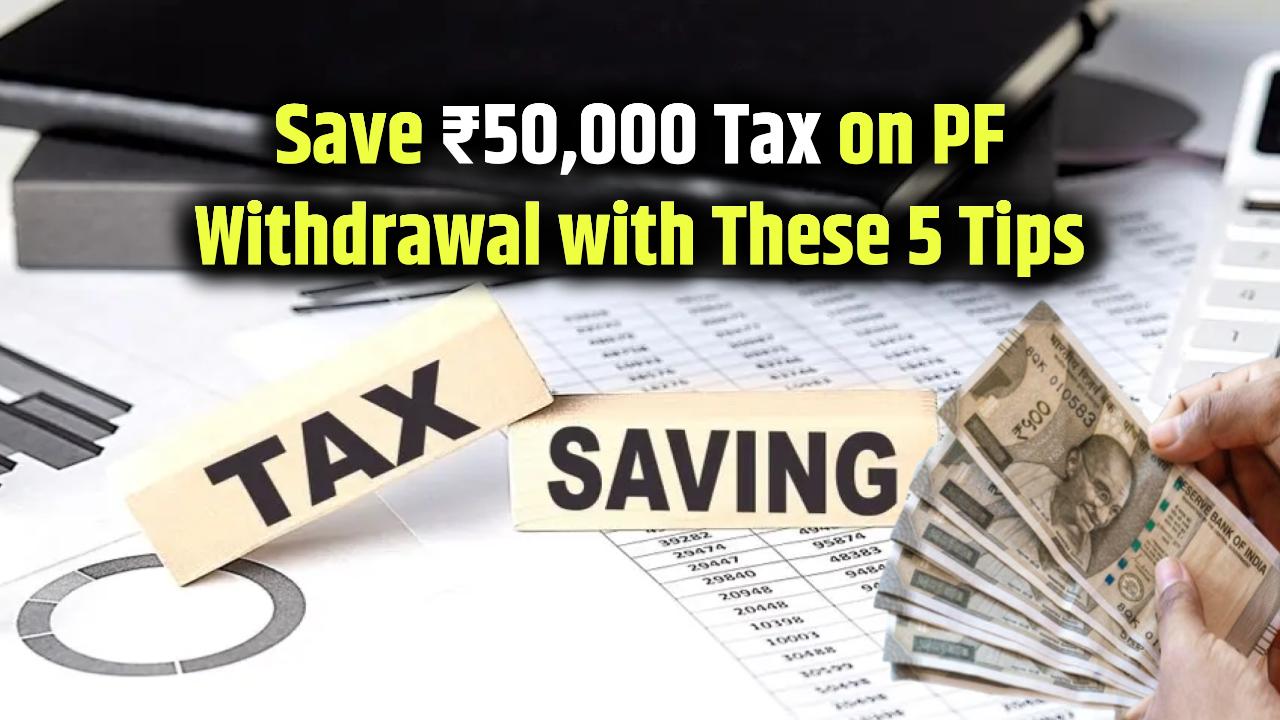
Gratuity is a valuable financial benefit that rewards employees for their loyalty and long-term service with an organization. Under the Payment of Gratuity Act, 1972, employees who have completed a minimum of five years of continuous service become eligible to receive a gratuity payout upon resignation, retirement, or superannuation. However, this rule has important nuances and limits that every employee should understand to set realistic expectations for their gratuity amount.
Also read: When do employees get full EPF pension benefits?
Understanding the Five-Year Service Rule
To qualify for gratuity, the standard requirement is completing five continuous years with the same employer. This rule ensures that gratuity is a reward for commitment and sustained contribution. The term “continuous service” accounts for the organization’s working days: for companies with a six-day work week, 4 years and 240 days of work meet the five-year criteria; for five-day work weeks, the benchmark is 4 years and 190 days. It’s noteworthy that this minimum five-year condition is waived if the employee suffers permanent disability or dies while in service—allowing gratuity to be paid regardless of tenure.
Gratuity Amount Calculation
The actual gratuity amount depends on your last drawn salary and total years of service, calculated using a fixed formula:Gratuity=Last drawn salary×15×Years of service26Gratuity=26Last drawn salary×15×Years of service
Here, the “last drawn salary” includes your basic pay plus dearness allowance (DA). Importantly, other allowances or bonuses do not count. With just five years of service, the gratuity payout tends to be modest because the years of service multiplier is relatively low.
For example, if your last drawn salary (basic + DA) is ₹30,000 per month, your approximate gratuity for five years would be:=30,000×15×526≈₹86,538=2630,000×15×5≈₹86,538
This calculation illustrates why it’s uncommon for gratuity amounts to reach very high figures after a short tenure.
Also read: What is the formula for calculating EPF pension?
Maximum Limits on Gratuity
There is a cap on tax-free gratuity receipts to protect employees and regulate payouts:
- For private-sector employees, the maximum tax-exempt gratuity limit is ₹20 lakh.
- For government employees, this limit was increased to ₹25 lakh in 2024.
These ceilings mean that even if the calculated gratuity exceeds these amounts, the tax exemption will only apply up to these limits.
How to Achieve ₹15 Lakh Gratuity
Earning a gratuity of ₹15 lakh or more with only five years of service is very unlikely unless the last drawn salary is extraordinarily high. Generally, reaching such an amount requires either:
- A very high monthly salary sustained over five years, which is rare, or
- A long service period with a moderate to high salary—typically, around 30 years of service at ₹70,000 monthly salary yields a gratuity near ₹12 lakh.
Thus, length of service plays a key role in building a substantial gratuity sum.
What This Means for Employees
Gratuity is designed as a long-term employee benefit rather than a short-term windfall. Employees planning their financial futures should consider gratuity as a stable but modest retirement benefit unless they stay with an employer for many years or draw a very high salary.
Understanding the rules and limits helps manage expectations and encourages long-term career planning. Employees should also keep track of their pay structure because only certain components of the salary count toward gratuity calculations. Regular consultation with HR or using online gratuity calculators can help estimate potential payouts accurately.
Also read: What is EPF Pension Scheme 1995?









